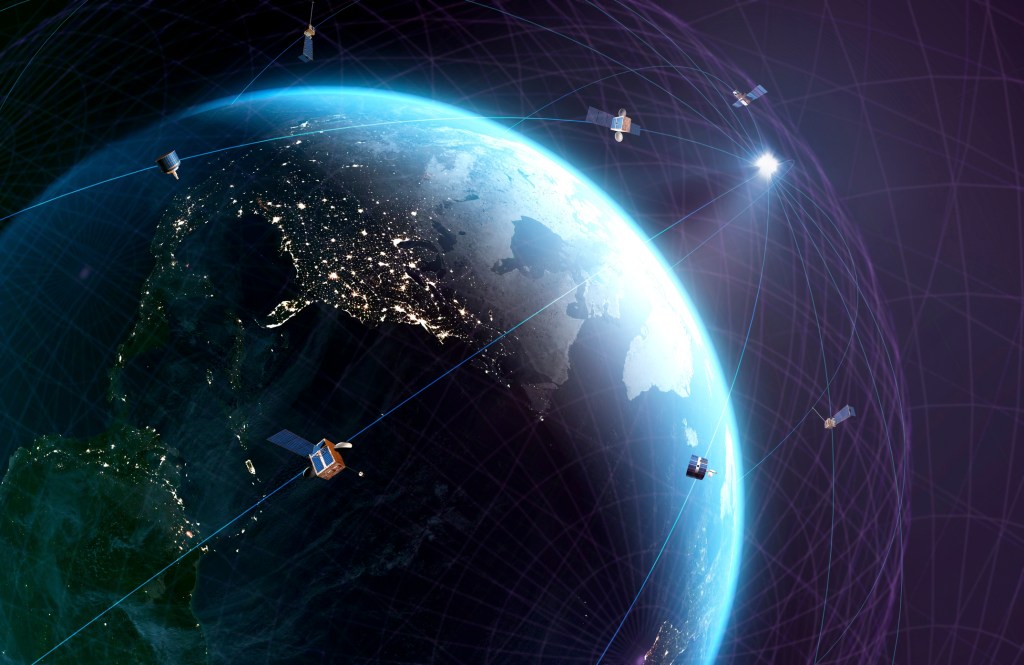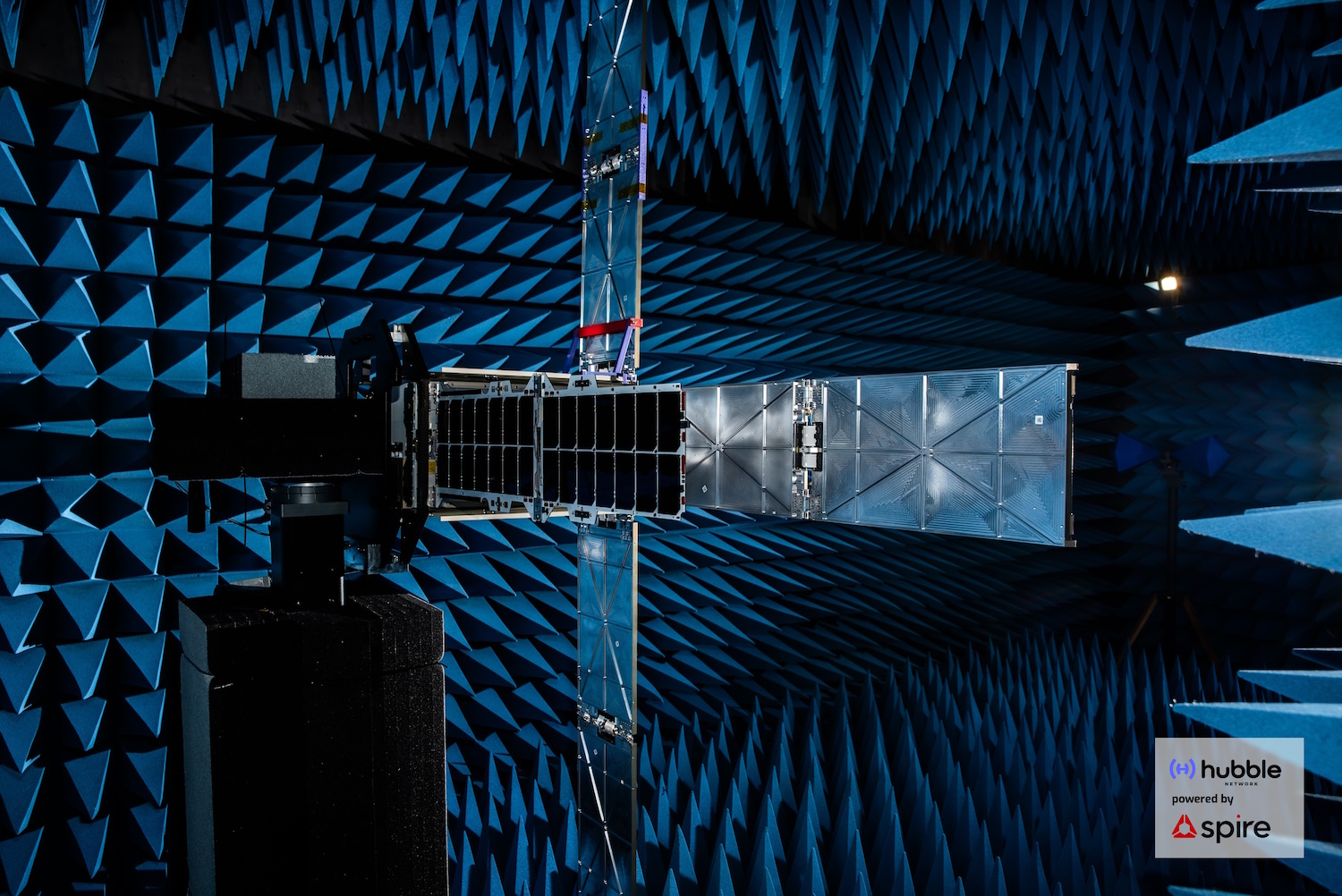
Hubble Network has become the first company in history to establish a Bluetooth connection directly to a satellite — a critical technology validation for the company, potentially opening the door to connecting millions more devices anywhere in the world.
The Seattle-based startup launched its first two satellites to orbit on SpaceX’s Transporter-10 rideshare mission in March; since that time, the company confirmed that it has received signals from the onboard 3.5mm Bluetooth chips from over 600 kilometers away.
The sky is truly the limit for space-enabled Bluetooth devices: The startup says its technology can be used in markets including logistics, cattle tracking, smart collars for pets, GPS watches for kids, car inventory, construction sites and soil temperature monitoring. Haro said the low-hanging fruit is those industries that are desperate for network coverage even once per day, like remote asset monitoring for the oil and gas industry. As the constellation scales, Hubble will turn its attention to sectors that may need more frequent updates, like soil monitoring, to continuous coverage use cases like fall monitoring for the elderly.
Once it’s up and running, a customer would simply need to integrate their devices’ chipsets with a piece of firmware to enable connection to Hubble’s network.
Hubble was founded in 2021 by Life360 co-founder Alex Haro, Iotera founder Ben Wild (who sold his startup to Ring) and aerospace engineer John Kim. Haro said the first time Wild presented the idea of connecting a Bluetooth chip to a satellite, his initial reaction was, “No freaking way.” And it does sound crazy, especially as consumer electronics can struggle to connect to other Bluetooth-enabled devices that are just a few feet away.
But the demand is there: Existing IoT devices are power hungry, costly to operate and lack global connectivity, the company says. These are fundamental limitations related to Bluetooth-enabled devices today, and they prevent many industries from leveraging IoT for their businesses.
The company joined Y Combinator’s Winter 2022 cohort and closed a $20 million Series A last March. Hubble’s first innovation was to develop software enabling off-the-shelf Bluetooth chips to communicate over very long ranges with low power.
On the space side, the company also patented a phased array antenna that can launch on a small satellite. The antennas work almost like a magnifying glass, and it’s what enables an off-the-shelf Bluetooth chip to communicate with the Hubble satellite. The team also had to solve Doppler-related problems, frequency mismatches that occur between fast-moving objects exchanging data via radio waves.

Hubble is aiming to launch a third satellite on SpaceX’s Transporter-11 mission this summer and a fourth on Transporter-13. Those four satellites will compose what Haro called the “beta constellation,” and pilot customers are starting to turn their integrations on even today, he said. The startup plans to launch the following 32 satellites all at once in the fourth quarter of 2025 or the beginning of 2026, though the launch provider has not been selected yet.
Those 36 satellites will compose Hubble’s first “production constellation,” and they’ll enable connection with a Hubble satellite roughly two-three hours per day from anywhere in the world.



